- Home
- Machining techniques
- CNC Machining Services
- Cooperative supply services
- Designs
- Materials
- Finishing Services
- Shop
- Products
- Guide
- About Us
- Contact Us
2020.8.20
There are various springs in our daily life, such as door lock spring, battery spring in remote control, etc. What are the different types of springs and how to manufacture them? Here are some basics of springs including common spring types, uses, and how springs are made.
Springs are a kind of mechanical component that utilizes elasticity to work. The spring made of elastic materials deform under the external force and then return to the original state after removing the force. The common spring materials are steel alloys, especially the high-carbon steel, stainless steel, oil-tempered low-carbon, chrome silicon, and chrome vanadium.
According to the mechanical properties, springs can be divided into extension spring, compression spring, and torsion spring.
– Extension springs: a spiral spring that bears the axial tension. In the case of no load, each coil is wound into a spiral or pitch ring which is close to each other and there is no gap. When it is subjected to external force, it extends outwards and maintains the force of contraction to the middle.
– Compression springs: most widely used, winded into the separate spiral coil, so that each ring has a gap for the force contraction, maintains the tension to both ends. Under the maximum load, it can not be fully compressed, and the gap must be reserved between the effective turns to avoid friction or other substances embedded, causing fatigue damage.
– Torsion springs: applying the principle of lever, the torsion spring has great mechanical energy by twisting or rotating the soft, elastic material with high toughness. It is a spring that can bear torsion deformation. Its working part is also closely surrounded or separated around. The end structure of torsion spring is processed into various shapes of torsion arm, from single torsion to double torsion, and even deformation of various torsion bars. It is commonly used in balancing mechanism of machinery and industrial production of automobiles, machine tool and electrical appliances.
According to the shapes, springs can be classified into Belleville springs, flat springs, conical springs and friction springs.
– Belleville springs: has small volume and large load, easy to combine and use, also has the advantages of centralized load transmission. In the mechanical industry, it often replaces the cylindrical spring. Compared with other types of spring, its deformation energy per unit volume is larger and it has better shock absorption capacity. In particular, the effect of absorbing impact and dissipating energy is more significant due to the friction damping effect of the surface. Now, it is widely used in defense, metallurgy, engineering, power, machine tools, construction and other industries.
– Flat springs: made of flat or plate-shaped materials, also known as plate spring or leaf spring, including single-piece spring: a metal sheet is used to make the spring, when the spring curling direction is opposite to the force application direction, the spring will be elastic; the disc spring: similar in shape to the washer, used in narrow space; power spring: a long and narrow thin metal sheet is wound into a spiral shape and placed in a box, and the energy stored in it is used as the power source; and the cantilever plate spring: the spring is fixed at one end and suspended in the air at the other end. The energy-saving efficiency of the leaf spring is slightly lower than that of the spiral spring, but it can bear a larger load, so it is commonly used in automobiles, trains and other motor vehicles.
– Conical springs: the spiral coil is wound into a cone, can bear pressure and tension. Generally, the bearing force is very small. When compressed, each coil shrinks into the plane of the large circle, for example, the flashlight spring used to compress the battery.
– Friction springs: composed of several inner and outer rings with the conical surface, the inner and outer rings of the spring are made of high-quality carbon steel or friction-resistant alloy steel. Each ring is rolled according to the required shape to improve its bearing capacity, and then heat treated. The friction spring is a kind of powerful spring, which has a great shock absorption capacity, used in the situation of limited space and strong buffer.
There are more ordinary or special springs.
– Air springs: a kind of spring that adds pressure air into the flexible closed container and uses the compressibility of air to realize the elastic function. It has excellent elastic characteristics, greatly improve the ride comfort of the vehicle when used in the suspension device of high-grade vehicles, so as to greatly improve the running comfort of vehicles. Therefore, air spring has been widely used in automobiles and railway applications.
– Coil springs: also known as helical springs, including any types of spring that made from bar stock or wire and formed into a helical shape, like compression springs, extension springs, and torsion springs. Commonly used in mechanical devices, the spring store energy and release it to absorb shock or maintain a force between two contacting surfaces.
As an important industrial part, spring has a broad market, the manufacturing of springs developed from the manual operation to highly automation, involves a wide range of techniques, such as the cold forming, which is the process of forging metals into the tool steel or carbide dies at near room temperatures with high speed and high pressure, increases the hardness, yield and tensile strength; and hot forming, is an industrial metal modification process involves heating the tool used to handle the metal as well as the metal itself, make the hot metal contact with the hot die while hot punch descends into the die and shape the part, parts are formed in soft state at elevated temperatures. CNC machining services can also be employed to creating metal springs in the custom design, plus nickel plating and other finishing services, high-quality stainless steel lock springs for sale at Junying with short lead time and cheap prices based on customer requirements.
When it comes to the spring making machines, computer-controlled spring machines are often used, each CNC spring machine will be equipped with a fully automatic wire feeding frame, the coil is placed on the tray of the wire feed device, then the wire is wound from the bracket to the straightening system of the machine, and then it passes through the wire plate, wire feeding frame, mandrel and curve gauge in turn. Finally, each part is gradually adjusted until the wire straightens to facilitate the forming of various spring products. The springs can be produced in various diameters.
The auto-coiler is a machine that can force spring wire into a coiled shape, using rollers to feed spring wire through headers and then quickly spin the wire around a cylinder. The quick spinning movement forces the spring to adapt into a coiled helical shape.
CNC lathes and mills can also be used to make machined springs for heavy-duty applications with high strength and precision needs.
 Spring Material Types (Properties, Grades, Uses) & Best Selection for Your Project
Spring Material Types (Properties, Grades, Uses) & Best Selection for Your Project
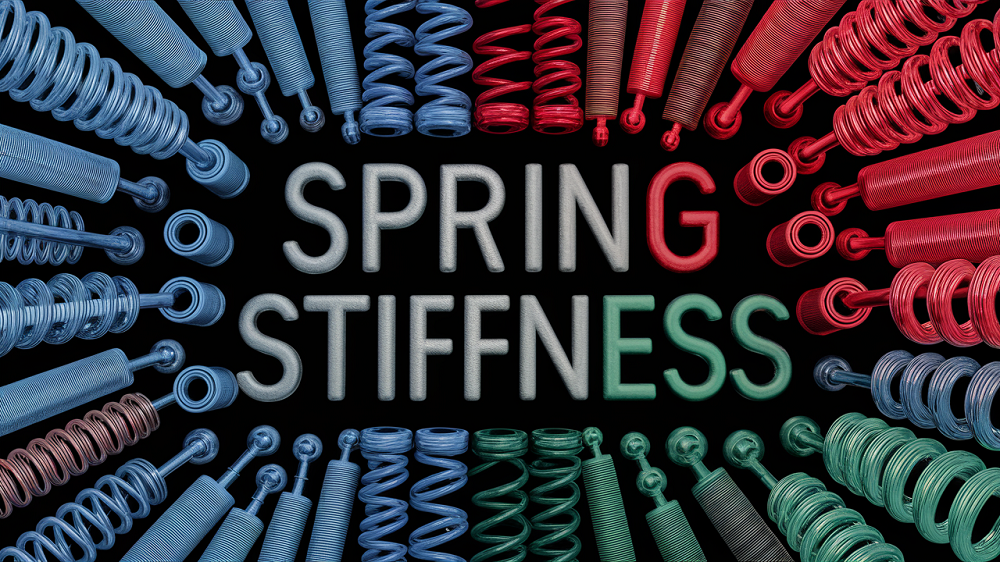 Spring Stiffness Formula & Constant Calculation
Spring Stiffness Formula & Constant Calculation
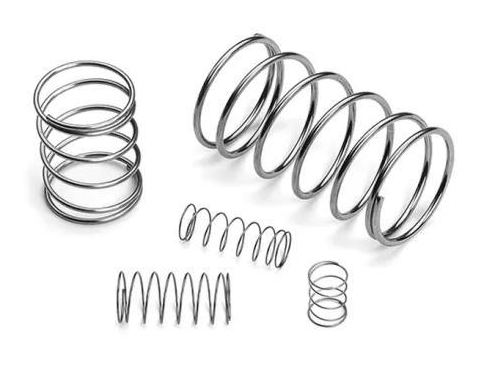 What Is Spring Steel – Spring Steel Grades, Strength, Hardness, Forming & Machining
What Is Spring Steel – Spring Steel Grades, Strength, Hardness, Forming & Machining
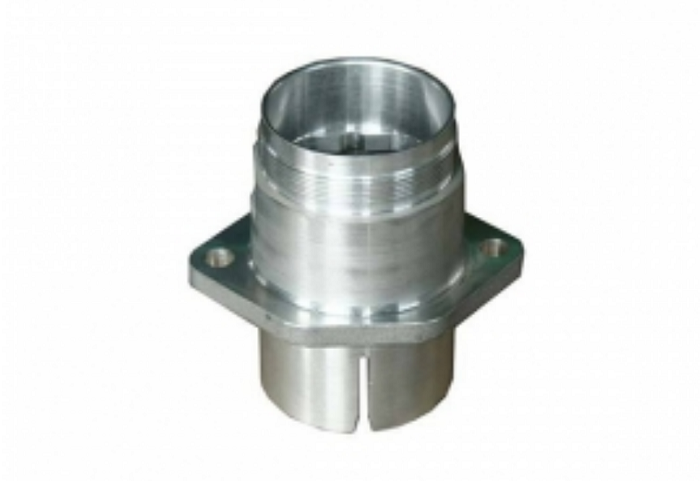 How To Select The Right CNC Lathe Spring Chuck?
How To Select The Right CNC Lathe Spring Chuck?
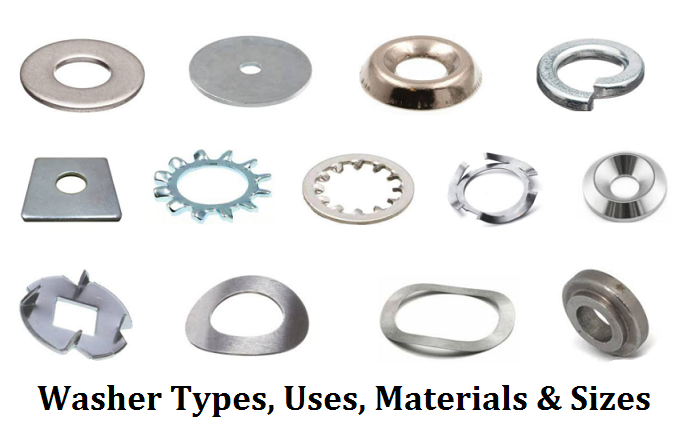 Washer Types, Uses, Materials & Sizes | USS vs SAE Washer
Washer Types, Uses, Materials & Sizes | USS vs SAE Washer
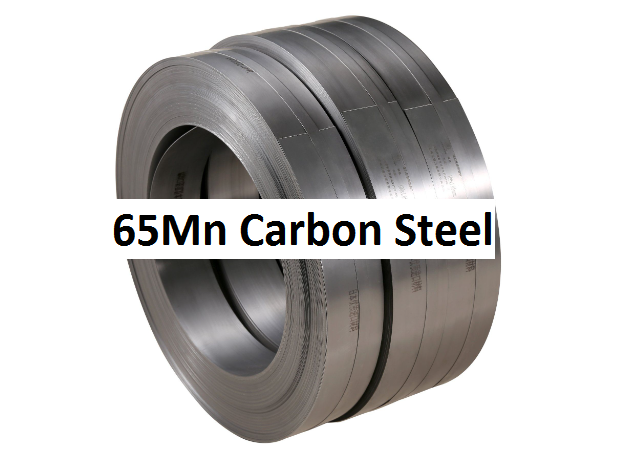 65Mn Carbon Steel Properties, Applications & 65Mn Steel vs 1095/D2/72A
65Mn Carbon Steel Properties, Applications & 65Mn Steel vs 1095/D2/72A
